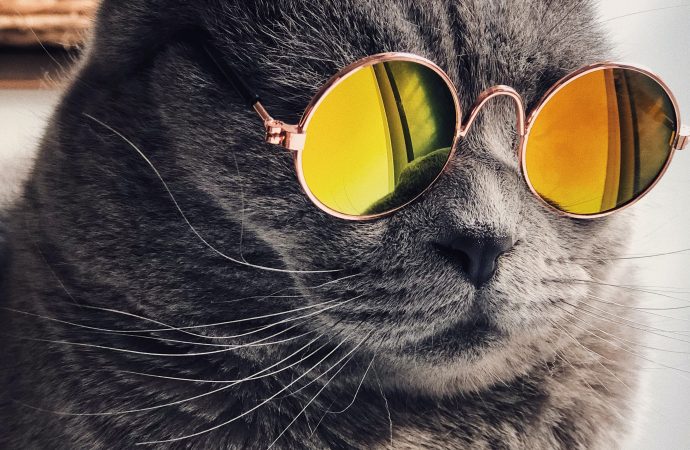Introduction: If you’re a cat owner, you’ve likely witnessed the adorable sight of your furry companion engaging in a peculiar behavior known as “making biscuits.” This term refers to the rhythmic motion of your cat pushing their paws in and out against a soft surface, resembling the act of kneading dough. While this behavior may
Introduction:
If you’re a cat owner, you’ve likely witnessed the adorable sight of your furry companion engaging in a peculiar behavior known as “making biscuits.” This term refers to the rhythmic motion of your cat pushing their paws in and out against a soft surface, resembling the act of kneading dough. While this behavior may seem puzzling at first, there are fascinating secrets behind this feline ritual. In this article, we will explore the purrs, paws, and kneading to uncover the intriguing secrets behind your cat’s “making biscuits” ritual.
The Language of Purring:
Purring is a language that cats use to communicate a range of emotions. While it’s commonly associated with contentment and happiness, cats also purr when they are anxious, injured, or seeking comfort. The act of kneading often accompanies purring, suggesting that it is intertwined with their emotional state. By observing your cat’s body language and the accompanying purrs, you can gain insight into the deeper meaning behind their kneading behavior.
A Connection to Kittenhood:
To understand why cats engage in kneading, we must harken back to their earliest days as kittens. Nursing kittens instinctively knead their mother’s abdomen to stimulate milk flow. This action is imprinted in their memory and often carries into adulthood. So, when your cat kneads, it’s a sign that they associate the rhythmic motion with comfort and nourishment from their early days.
The Comfort of Security:
Kneading serves as a self-soothing mechanism for cats. The motion of their paws against a soft surface triggers a release of endorphins, which promote relaxation and a sense of security. It harkens back to the warmth and comfort they experienced while nestled against their mother during nursing. So, when your cat kneads on a cozy blanket or your lap, it’s their way of creating a soothing and secure space for themselves.
Territory Marking:
Beyond providing comfort, kneading also has a territorial aspect. Cats possess scent glands in their paws, and as they knead, they leave behind their unique scent. This behavior serves as a way for cats to mark their territory and communicate their presence to other felines. By kneading, they leave their olfactory signature, establishing a sense of ownership and boundaries.
Expression of Affection:
Kneading is often accompanied by other affectionate behaviors, such as purring and gentle head-butting. When your cat kneads on your lap or curls up on your chest, it’s a sign of deep trust and affection. This behavior is their way of bonding with you, creating a connection, and showing that they feel safe and loved in your presence.
Understanding Individual Variations:
While there are common themes behind kneading behavior, it’s important to recognize that each cat has its own unique style and variations. Some cats may knead more vigorously, while others may have a gentler approach. The intensity and duration of kneading can differ based on factors such as mood, personality, and individual preferences.
Conclusion:
“Purring, Paws, and Kneading: The Secrets Behind Your Cat’s ‘Making Biscuits’ Ritual” unravels the captivating mysteries behind this endearing feline behavior. From the language of purring to the reminiscence of kittenhood, kneading serves as a multi-faceted expression of comfort, territory, and affection. As a cat owner, take a moment to appreciate the intricate communication and bond that unfolds when your cat engages in this unique ritual. Embrace the joy and warmth that comes with understanding the secrets behind your cat’s “making biscuits” ritual.

















Leave a Comment
Your email address will not be published. Required fields are marked with *